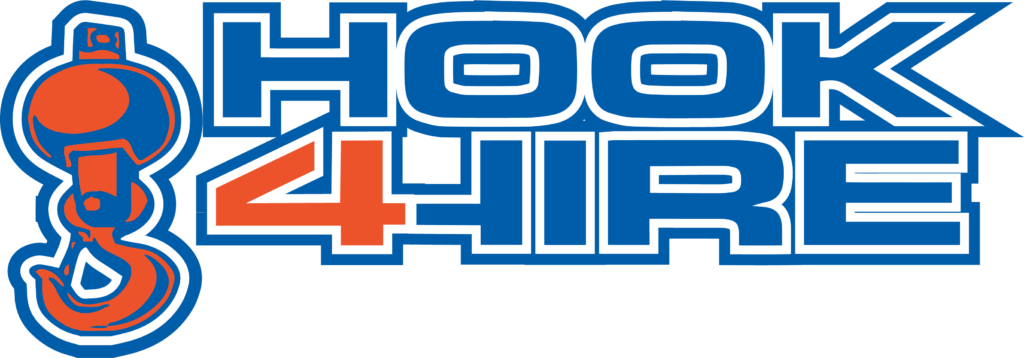Rigging is a critical aspect of heavy lifting and can be hazardous when not carried out correctly. Unfortunately, many myths surround rigging, leading to accidents and injuries. In this article, we’ll debunk three common rigging myths and provide factual information to help promote safety in the workplace.
Myth #1: Rigging Companies Do Not Help With Planning
Professional rigging companies play an essential role in the planning process of heavy-lifting projects. These companies have experienced engineers and rigging experts who work closely with clients to determine the best equipment, techniques, and safety measures required for a successful lift. They conduct thorough site assessments, analyze loads, and create detailed rigging plans to ensure the safe and efficient execution of lifting operations. Involving a reputable rigging company in the planning stages can greatly reduce the risk of accidents, delays, and costly mistakes.
Myth #2: Rigging is for Large Projects Only
Another common myth about rigging is that it is only necessary for large-scale projects, such as constructing skyscrapers or bridges. This belief is untrue, as proper rigging is crucial for any project that involves lifting, moving, or securing heavy loads, regardless of size.
Rigging is essential for various activities, from small-scale projects like residential construction or equipment installation to larger undertakings such as industrial plant maintenance or theatrical stage setup. The fundamental principles of rigging – ensuring the safety of workers, equipment, and the load itself – apply to all situations where heavy objects need to be lifted or secured.
Using proper rigging techniques and equipment for smaller projects can lead to accidents, injuries, and property damage. It is vital to recognize that rigging is not just for large projects and always to prioritize safety and use the appropriate equipment and procedures for every task, no matter how small it may seem.
Myth #3: Anyone Can Rig A Load
Rigging is a skilled trade that requires proper training and certification. Unfortunately, many believe anyone can rig a load, and no special qualifications are required. This is a dangerous myth that can lead to accidents and injuries.
The fact is that rigging requires specialized knowledge of load dynamics, equipment capabilities, and safety procedures. Rigging professionals undergo extensive training and certification to ensure they have the necessary skills to handle heavy loads safely. They also have an in-depth understanding of the various types of rigging equipment and how to use them correctly.
Rigging professionals also thoroughly understand the safety procedures required when rigging a load. They know how to assess the weight of the load, the environment it will be used in, and the equipment required to lift it safely. They also know how to communicate effectively with other team members to ensure everyone works together safely.
Conclusion
Rigging is a critical aspect of heavy lifting and can be hazardous when not carried out correctly. To avoid accidents and ensure the safety of everyone involved, it is essential that only trained and certified rigging professionals carry out rigging tasks. These professionals possess the necessary knowledge and skills to handle heavy loads safely and efficiently, using the appropriate rigging equipment and following established safety procedures.
Need a boom truck for your next job? Hook4Hire offers an extensive fleet of high-quality boom trucks for rent. Contact our team to secure your boom truck rental and keep your project moving smoothly.
